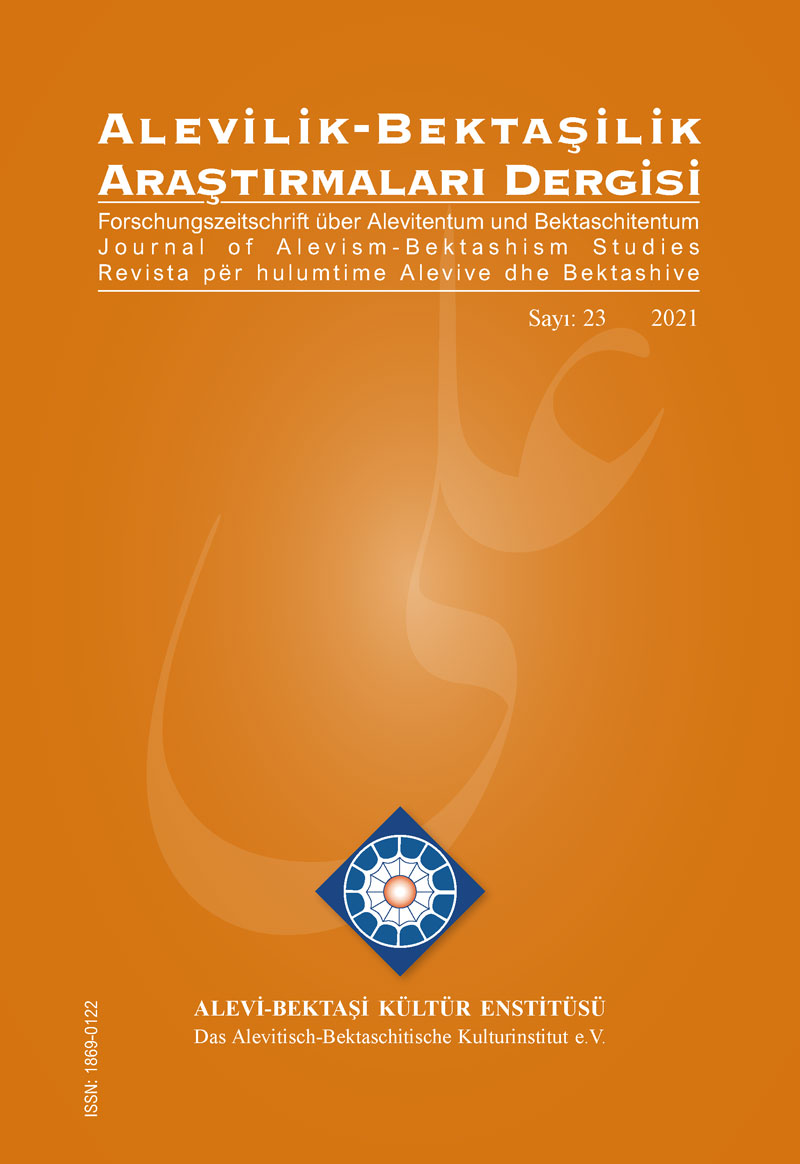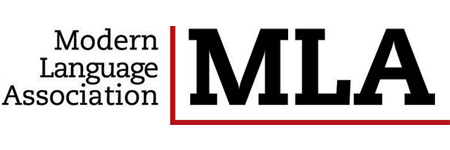The Mirror Metaphor in the Bektashi Calligraphic Paintings
DOI:
https://doi.org/10.24082/2021.abked.308Keywords:
Calligraphic paintings, Bektashi, metaphor, mirror, art historyAbstract
The art history has just started to research in detail calligraphic paintings, which belong to Islamic painting and calligraphy and are actually created by using these two branches of art together. Especially calligraphic paintings, evaluated within the order (sect) arts or folk arts, are important in terms of the meanings attributed to both writing and other images used. Although the dates of their creation are not clear, examples of these appear in the lands where the religion of Islam spread as of the 15th century. Their golden age was between 17-19th centuries. Calligraphic paintings were produced extensively especially in late Ottoman order circles. It is known that the works that do not belong to a certain order or workshop, were generally made by artisan dervishes in the dervish lodges of Mevlevi and Bektashi.
We can assume the origin of calligraphic paintings, which have survived to our days and belong to different museums and collections, from the various items which are generally included in the compositions and are hallmarks of the orders, because each order has set up calligraphic paintings according to their own belief principles. With these features, in the ones belonging to the Bektashi order, there are crowns (tac), earrings (menguş) and necklaces with special stones (teslim taşı), which are indispensable dervish clothing items of the order. At the same time, the names of religious figures, various hadiths and letters belonging to the belief system of the order accompany these elements. Again, calligraphic paintings incorporate concepts such as “secret”, “ perfect human” and “love” developed by the order. Due to their aforementioned structures, Bektashi calligraphic paintings are precious works of art that have intense meanings.
This study analyses calligraphic paintings of the Bektashi order in line with the concept of “mirror” as well as their technical features. Considering the meanings of this term for Sufism and Bektashism in particular, the study examines whether the paintings act as mirrors and according to which characteristics they do this.








